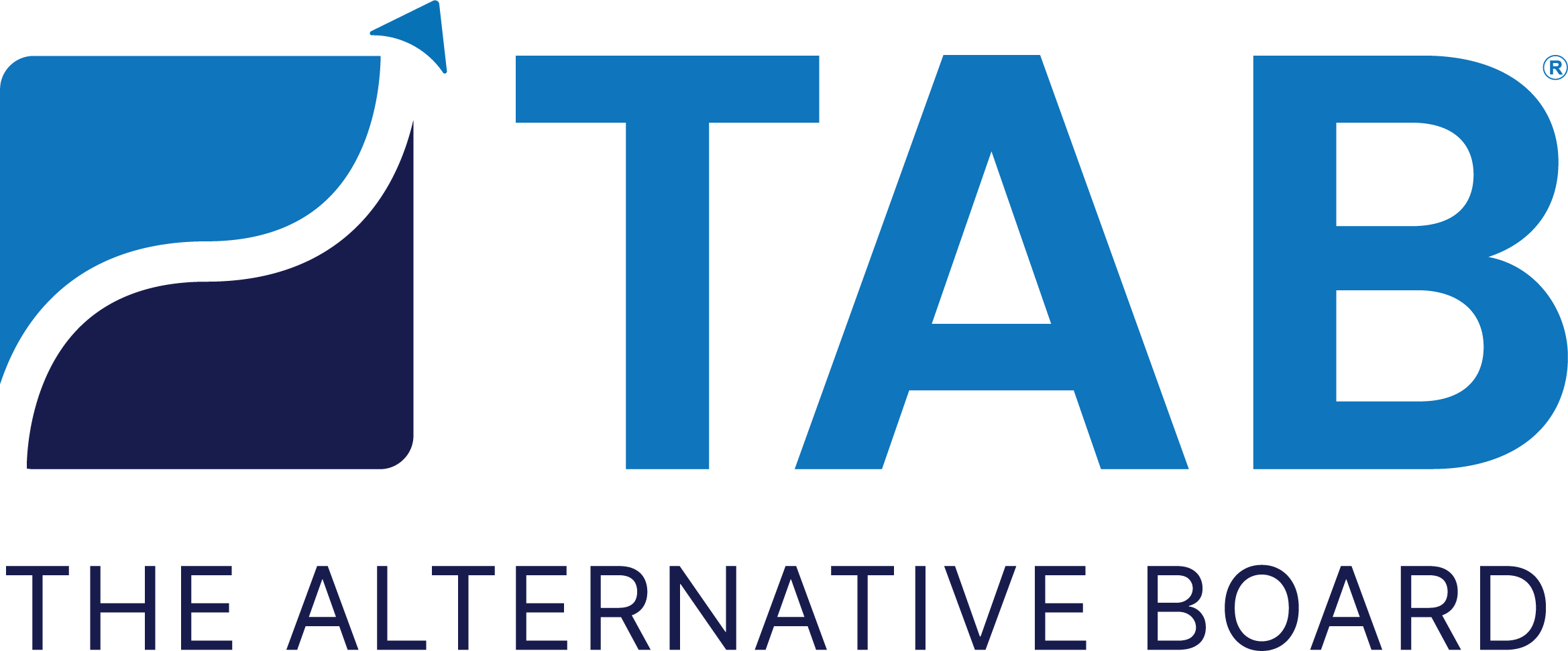5 Ways to Improve the Health of Your Employees
If there was ever any question about the importance of employee health and well-being, it must be clear by now that all employers should rank this among their top corporate priorities.
Why? Your company’s workforce is a key business asset. If employees aren’t in good health, or conditions in the workplace contribute to stress and illness, you could have some big challenges on your hands.
By contrast, employers who prioritize employee well-being often see higher levels of morale and less turnaround. That’s because workers respond favorably to this concern and are motivated to stick around and be more productive on the job.
Here are five tips for boosting employee wellness:
1. Have a generous Paid Time Off (PTO) policy.
Employee burnout happens all too frequently in the business world. To help mitigate that risk, it might be time to re-evaluate your PTO policy to ensure it is flexible enough to meet employee needs.
You and your executive team should also encourage employees to take PTO to “recharge their batteries” on a regular basis. (The same goes for CEOs and business leaders themselves.)
2. Address stress levels in the workplace.
Many employees report an unwelcome degree of stress in their workplace. Common causes of stress include lengthy work hours, a lack of independence in their job responsibilities, workplace harassment, the use of outdated technology, and job insecurity. All of these contribute to stress and less-than-ideal mental health. Businesses are now offering “mental health days” where employees are encouraged to take a day or several days off, without being obliged to call in sick.
Some organizations support the practice of mindfulness, a type of meditation designed to promote calmness in a person’s life. “Encouraging mindfulness … is one of the most effective ways that employers can help to improve the wellness of staff,” notes Reflect. Look into purchasing and promoting the use of meditation apps and workshops.
3. Support physical activity and proper eating habits.
No one is meant to sit at a desk eight hours a day. Employers can support physical activity, ranging from taking meetings while walking to promoting fitness programs and/or gym membership. If an employee wishes to lead a small group of co-workers in simple exercise activities during lunch break, encourage more participation throughout the workforce.
The same principle applies to employees’ eating habits. It’s not a matter of dictating how or what an employee should consume; rather, it comes down to efforts like:
Offering webinars on nutrition
Stocking the vending machine with healthy snacks
Sponsoring a “company cookbook,” with employee-submitted recipes
Also, keeping plenty of bottled water on hand helps employees stay hydrated (and thus more alert and productive) throughout the workday.
4. Encourage employee break time.
Mandating that your employees work around the clock with few, or very short breaks often results in burnout and high-stress levels.
If on the other hand, your goal is to increase productivity, “encourage your employees to step away from their desks every now and then,” suggests Business News Daily. Research consistently shows “a positive correlation between the ability to take short breaks and employee productivity rates.
5. Walk the walk.
You can’t expect employees to engage in more healthy work and life habits if you aren’t doing so yourself. Remember, employees look to the CEO or business owner to model the desired workplace behavior. When they see you taking a short break from work, participating in physical activity, eating more nutritious meals, they will likely take up the challenge themselves. Everyone wins!
Employee well-being has become an increasingly high priority among employers of choice. These are also the organizations that talented job-seekers are drawn to, because of their clear-cut emphasis on health and wellness. Anything that adds to your recruitment and retention efforts is well worth the time and resources required.

